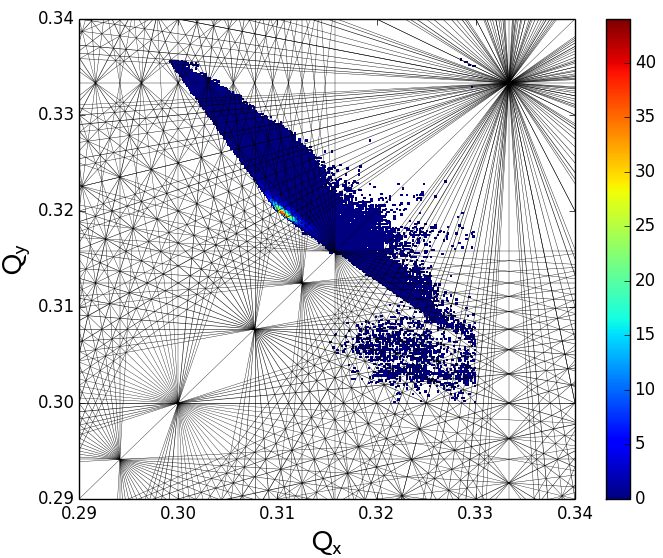The colliding high-energetic beams can lead to instabilities and even beam loss. There is direct interaction of the colliding bunches and indirect interaction when bunches of one beam entering the experimental area come close to bunches of the other beam leaving it as shown in the schematic below.

The LPAP team is in charge of studying the dynamics of colliding beams in the presence of all of the machine components. The studies will set the acceptable tolerances on the superconducting magnets field quality and on the noise level introduced by the various accelerator components (i.e. feedback systems, crab cavities, power supplies ripple).

Compensating schemes to mitigate the beam-beam effects are being explored together with possible mitigation techniques to reduce the electron cloud effects. The global effort is to push the potential physics reach of the FCC by aiming for good long term stability and low losses of the beams and thus reduced irradiation of the machine. The team contributes to the development of in-house computing tools for the beam dynamics and using the necessary infrastructure mainly the massive parallel clusters at the EPFL-DIT and the technical support to the LHC@home computing project. EPFL effort to contribute to the FCC CDR and TDR is performed under the umbrella of CHART: the Swiss Collaboration on Accelerator Research and Technology that is based at the Paul Scherrer Institute and unites several Swiss universities and research institutes contributing to the accelerator R&D towards the next world-class project in particle physics.
CHART www.chart.ch